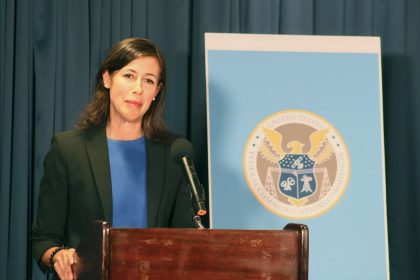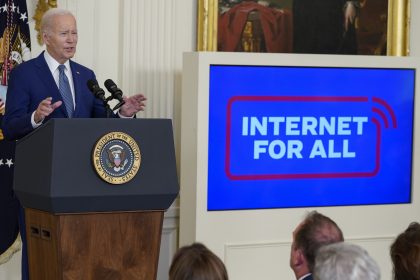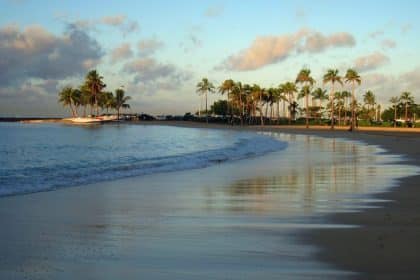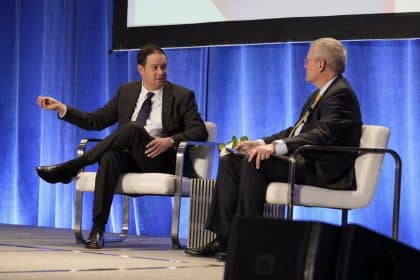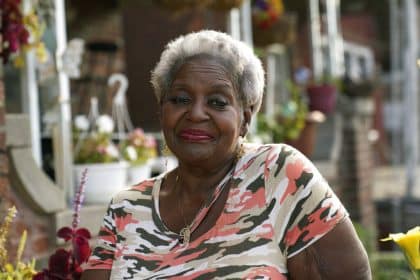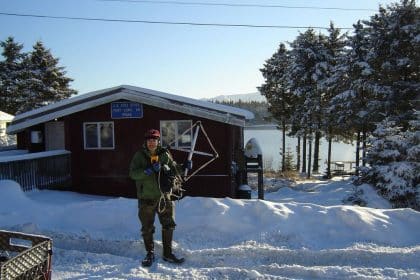How Better Connectivity Increases Public Safety on Tribal Lands
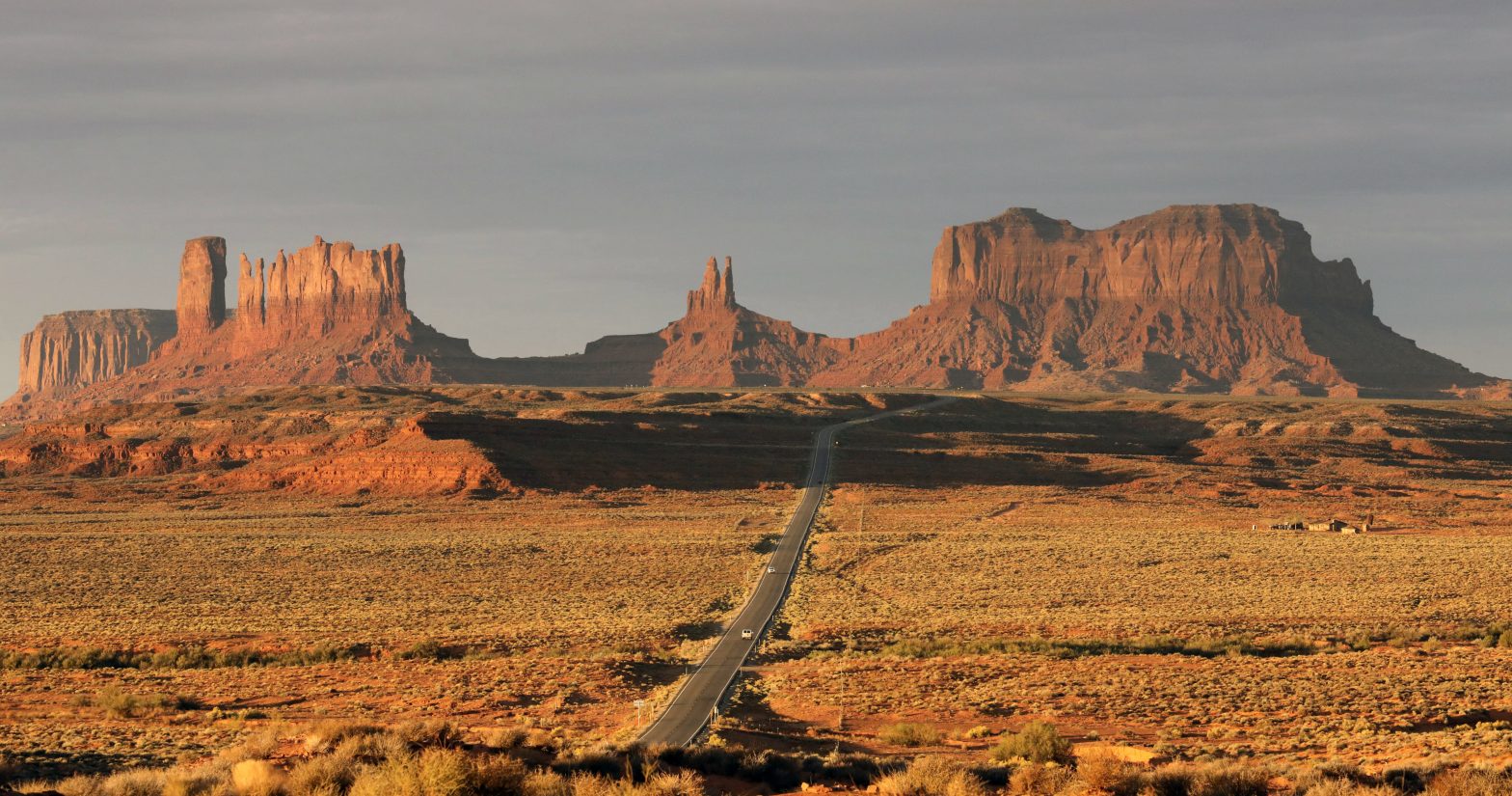
The National Tribal Broadband Summit last week brought together law enforcement officers, AT&T representatives, and tribal telecommunication specialists to discuss how FirstNet, an independent authority established by Congress to deliver a nationwide broadband network dedicated to public safety, was able to transform first responding communications and extend connectivity for tribal communities.
“Back in 2017, we had a search and rescue mission for an elderly man. The area where he was missing is right along the Missouri River, along the bluffs, and we had no cell service, let alone radio service. We tried to organize search teams but the biggest thing we needed was communications,” said Officer Christopher Saunsoci, chief of police, Yankton Sioux Tribe.
Saunsoci said that communication was key in locating the missing man and has been a critical resource in many more emergency response situations happening on tribal lands.
The idea for FirstNet, which has a staff of about 200 employees, was developed after the 9/11 terrorist attacks to address gaps in emergency communications.
In 2012, Congress passed legislation to establish the first single network for all public safety agencies to communicate nationwide.
AT&T was selected to build, operate, and maintain the FirstNet network because they offered a cost-effective and innovative model that met or exceeded the 16 objectives that FirstNet set forth based on the mission-critical needs identified through a consultation process.
Through the public-private model, Congress used the sale of communications airwaves to fund FirstNet’s initial operations and start the network deployment through $7 billion in Federal Communications Commission spectrum auction revenue.
FirstNet also established a tribal working group, made up of volunteer delegates with disciplinary interests in tribal public safety, which advises the federal government as to how to build relationships and a network that suits their specific needs.
There are 574 federally recognized tribes spanning 35 states, and 88 Native Hawaiian organizations, registered with the U.S. Department of the Interior. FirstNet worked to engage with these nations and organizations to create outreach that can better the welfare of American Indian, Alaskan Native, and Native Hawaiian communities.
“In triage, we look at where the area is that needs to be covered, is this an emergent situation, what is the purpose of this, and what do we need to do here,” said Angel Benally, tribal affairs specialist, FirstNet Program at AT&T.
The working group meets monthly via teleconference and holds several in-person meetings each year to inform and involve federally recognized tribes as it relates to their use of the FirstNet network.
“I am a native woman living in the Navajo nation, working with our Tribal Nations, and if that’s not a testament to how open AT&T and FirstNet is to collaborate with the Tribal Nation, then I don’t know what is,” said Benally.
Benally said that there are 100 tribal agencies and thousands of tribal connections on the network today, and that the working group has seen the adoption of FirstNet by Tribal Nations in the Pacific Northwest, Southwest, Midwest, the Plains, and the East coast.
“A lot of these sites that we are adding towers to have long been historically excluded and underserved. There are more than 1,000 new FirstNet tower sites that are in locations identified by public safety stakeholders as priority locations. We are more than 90% complete with our FirstNet build-out,” said Benally.
In August, the First Responder Network Authority Board approved a $253 million budget for Fiscal Year 2022, with a focus on overseeing deployment of the nationwide public safety broadband network, supporting public safety engagement on their communications priorities, and directing investments in the network based on public safety’s feedback.
Benally said that there are currently 17,000 agencies signed up across the country, which represents more than 2.5 million connections, and that includes tribal users on the network.
“It’s an exciting time to be a part of this build-out … especially for our public safety agencies where we want to keep relatives in our communities safe, and ensure our communities can have this connectivity,” said Benally.

















